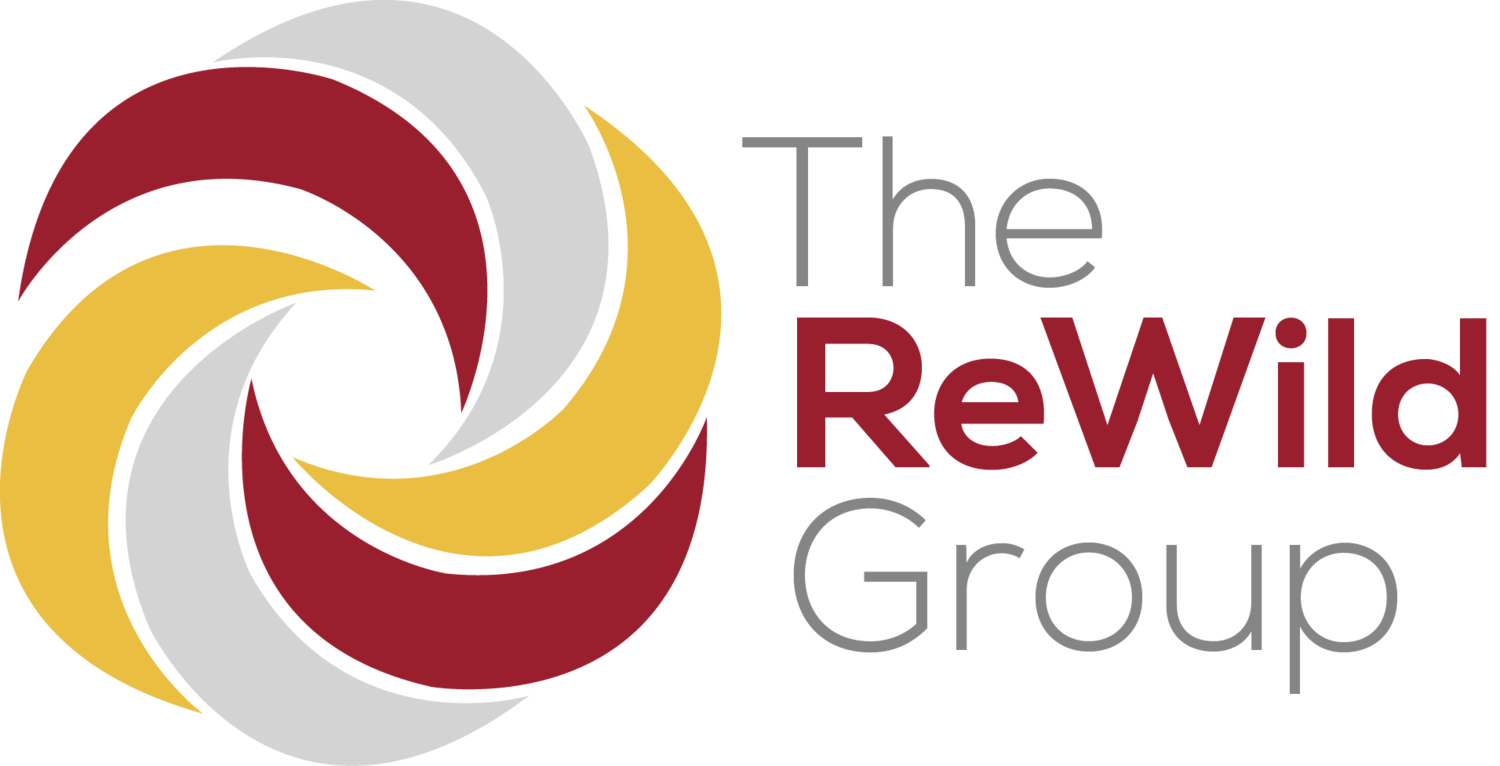
The ReWild Group Blog
Your home for relevant and engaging content serving small business owners and consultants. Subscribe so you don’t miss a post!
Gates of Focus in a Stage 5 Business
Stage 5’s Gates of Focus are Profit, People, and Process. In Stage 5, the attention must now return to Profit to ensure that enough capital is generated to sustain a larger organization. A leader can successfully focus on Profit in two key ways: 1) ensuring business development has a synergistic strategy across marketing, sales, and customer service to generate consistent and growing revenue; and 2) tasking departments to lower costs.
Builder-Protector Ratio in a Stage 7 Company
In Stage 7, the ideal Builder-Protector Ratio is 2:1, which means there is twice the level of confidence as caution in the organization. The 2:1 ratio reflects a relationship between Builders and Protectors that advances the company at a sustainable pace. The company will need to double its number of employees to grow completely through Stage 7, a process that can take a long time.
Levels of Meeting Structure
While an organization can have many types of meetings, not every type of meeting needs to have the same level of structure. Meetings improve when they adopt a suitable level of structure. While there’s no magic formula that reveals which meetings require more structure and which require less, we have identified three characteristics that can help determine the appropriate level of structure.
Gates of Focus in a Stage 4 Business
Stage 4’s Gates of Focus are Process, Profit, and People.
In Stage 4, getting scalable processes and systems in place is critical to facilitate future growth. Businesses that progress past Stage 4 without adequate attention to processes and systems will pay the price in later Stages. One of the most significant ways that a leader can focus on Process is by putting in place well-trained, professional managers who are capable of building strong departments. These managers should have the experience and skills to implement the building blocks necessary for their department to deliver high levels of quality in the functional area the department serves. These building blocks include scalable, trainable, and repeatable processes and systems.
The first principle of Meeting Structure
Organizations of every size have meetings. Meetings are necessary to bring people together and create a shared perspective. Without meetings, people are left to make decisions in isolation, lacking input from other areas of the company. Since an individual rarely has a comprehensive view of a situation, it’s not typically optimal for just one person to run the show.
Gates of Focus in a Stage 3 Business
Stage 3’s Gates of Focus priorities are People, Profit, and Process.
The Customer Experience Triad
The Customer Experience Triad identifies the three main areas in which customer service must do well to successfully keep the revenue coming. When adopted by the team, the Triad provides a framework for organizing customer service activities and initiatives.
Gates of Focus in a Stage 2 Business
A Stage 2 company’s Gates of Focus are Profit first, Process second, then People third.
Builder-Protector Ratio in a Stage 4 Company
In Stage 4, the ideal Builder-Protector Ratio is 3:2, which means confidence is slightly higher than caution. The 3:2 ratio in Stage 4 reflects an organization that is once again ready to embrace change (after intentionally slowing down in Stage 3), but at a slower pace than in Stages 1 and 2.
Position Role Sheets
The Position Role Sheet is a management tool that organizes the work through Positions, Roles, and Types of Work. It is a fundamental way to accomplish the goal of first organizing the work before organizing the people doing the work. As a building block for departments of all sizes, Position Role Sheets break down the roles and responsibilities of each position within a department.
Builder-Protector Ratio in a Stage 3 Company
In Stage 3, the ideal Builder-Protector Ratio is 1:1, which means there are equal levels of confidence and caution within the organization. This high level of caution helps stabilize the organization as it goes through the important transformation of being owner centric to becoming enterprise centric. The shift from being owner centric to enterprise centric is uniquely challenging. To manage the stress, the pace of change must be deliberately slowed. A reduced pace will create the stability needed to successfully survive the transition.
Introducing the Functional Org Chart
An Organization Chart, or Org Chart, is a basic tool used by many businesses to communicate where individuals fit within an organization. In Organizational ReWilding, the variation of this concept is called a Functional Org Chart. The key difference is that the Functional Org Chart focuses on positions, not people; no names appear on the chart.
Leadership Style Blend in a Stage 7 Business
The ideal leadership blend for Stage 7 is Visionary, Coaching, and Democratic. Stage 7 leaders ignite the spirit of innovation, grow future leaders, and listen to their people.
Builder-Protector Ratio in a Stage 2 Company
In Stage 2, the ideal Builder-Protector Ratio is 3:1, which means there is three times the amount of confidence as there is caution in the organization. The other way to understand the 3:1 Builder-Protector Ratio is that 75% of the team are Builders, while 25% are Protectors. An organization with a 3:1 Builder-Protector Ratio exhibits a very high level of confidence.
Interdepartmental Planning Process
As companies grow and organize into departments, it’s common for them to fall into a siloed mentality where they only see the needs in front of them and do not consider the needs of the company as a whole. This leads to challenges with planning and knowing how best to allocate resources. The Interdepartmental Planning Process helps leaders overcome those challenges by providing a means to weigh the needs of their departments against the other needs of the company. In this way, leaders from various departments can come to a consensus about what needs to be prioritized for the benefit of the organization.
Leadership Style Blend in a Stage 6 Business
The ideal leadership blend for Stage 6 is Pacesetting, Affiliative, and Visionary. A Stage 6 leader sets the bar for success, fosters connectedness in the team, and instills pride in the organization.
Builder-Protector Ratio in a Stage 1 Company
In Stage 1, the ideal Builder-Protector Ratio is 4:1, which means there is four times the amount of confidence as there is caution in the organization. The other way to understand the 4:1 Builder-Protector Ratio is that 80% of the team are Builders, while 20% are Protectors. An organization with a 4:1 Builder-Protector Ratio exhibits a very high level of confidence.
Enterprise Thinking: The antidote to department silos
This natural tendency to focus on the immediate needs of one’s department can work against the success of the enterprise. Due to daily challenges, needs, and opportunities, departments can become self-focused and lose sight of the big picture. The outcomes of this silo mentality are a lack of cooperation and hoarding of information. What works for one department might make things difficult for another. Departments begin to compete for resources without understanding or even caring about the needs of the enterprise.
Will & Means: The keys to successful process adoption
We’ve recently posted about the significance of process and the five steps of process development. Creating and implementing a strong process is only half the battle, though. What happens when you can’t get buy-in from the people who are responsible for using the process?
Consider for a moment how many times an organization has implemented a new process only to have it ignored or performed inconsistently, rendering it useless. The success of a process depends on the people involved having both the Will and the Means to complete it.
Leadership Style Blend in a Stage 4 Business
The ideal leadership blend for Stage 4 is Coaching, Affiliative, and Pacesetting.




















